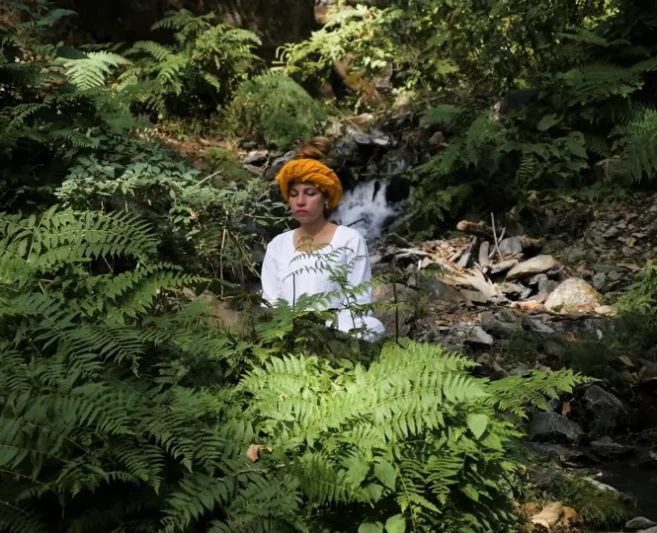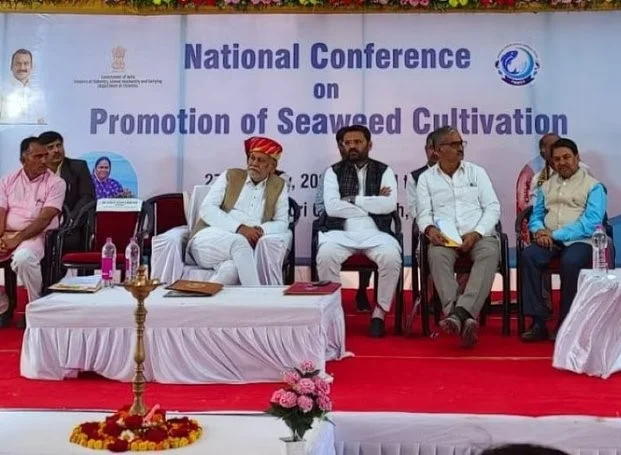Shagun Singh, a former corporate business head, made a life-changing decision in 2015 by leaving her job to pursue a unique passion – teaching mud house construction in Nainital, Uttarakhand.
Reflecting on her journey, Shagun fondly recalls her childhood connection with the earth. “As a child, I remember loving the smell of the first rain, the earthly fragrance that made me dance. Somewhere along our journey of growing up, we tend to lose that connection with nature. When I embarked on this new path, the memory of dancing in the rain was one of the first thoughts that inspired the name Geeli Mitti.”

Shagun Singh reflects on her transition from the corporate world to a more meaningful path, saying, “I spent about 10 years in the corporate world, driven by the typical aspirations—chasing success, earning a significant income, the desire for a lavish lifestyle. We’re conditioned by societal norms and the education system to measure success by these standards. I followed that conventional path. However, as time passed, I began to travel extensively, exploring not only different parts of the world but also farms within India.”
“Through my travels and interactions with nature, a profound shift occurred. I started to feel a deep connection with Mother Earth. It dawned on me that the pursuits of a conventional life were, in essence, meaningless and artificial. Despite all our efforts, we often find ourselves constrained – unable to take a break when needed or sleep on our terms. Moreover, with all the wealth, can one truly afford uncontaminated food, water, and air?”
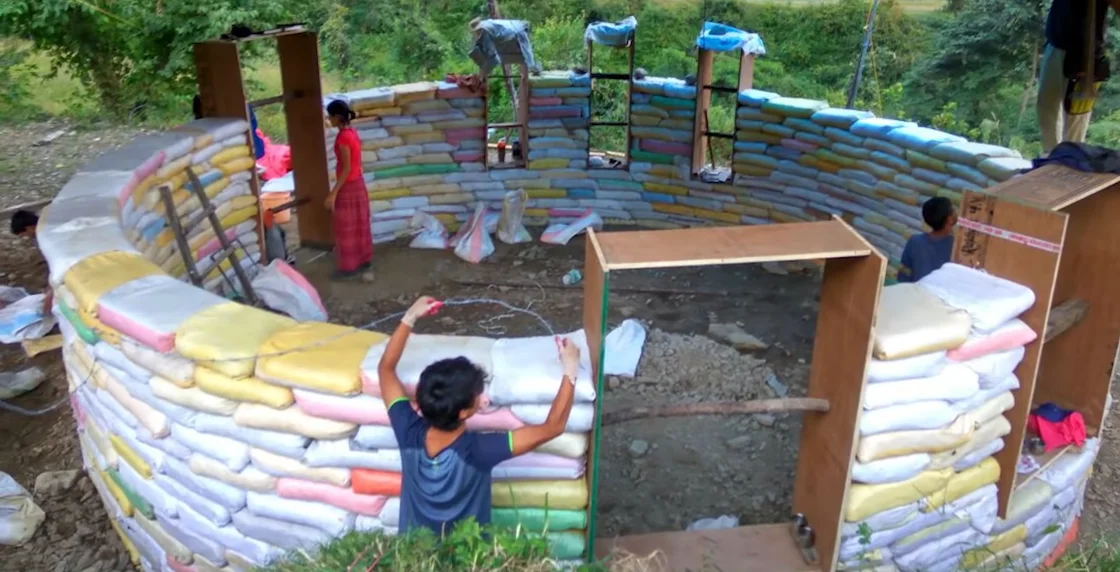
Also Read: Farmer makes Rs 15 Lakh a year from multilayer farming on 2.5 acre farm
These realizations prompted Shagun to question the very essence of life and its meaning, leading her to embark on a journey that would redefine her priorities and purpose.
Shagun Singh shares her profound realization, stating, “I came to understand that genuine happiness and fulfillment come when one is in service to others—be it a community, Mother Earth, or the planet as a whole. Living a life in harmony with nature is crucial. So, I made the decision to quit my job. At 3 in the night, I spontaneously typed my resignation letter, realizing that there would never be a perfect moment for such a significant shift.”
Shagun reflects on her transformative realization, expressing, “I realized that the only true time a person is happy or starts feeling fulfilled is when they are in service to others, whether that is to a community, to Mother Earth, or to the planet. You have to be in service to others and live a life where you can associate with nature and be one with it.” Continuing her story, she shares, “So, I quit my job finally. At 3 in the night, I just typed my resignation letter, and that was it. I realized there isn’t going to be an appropriate time for it.”
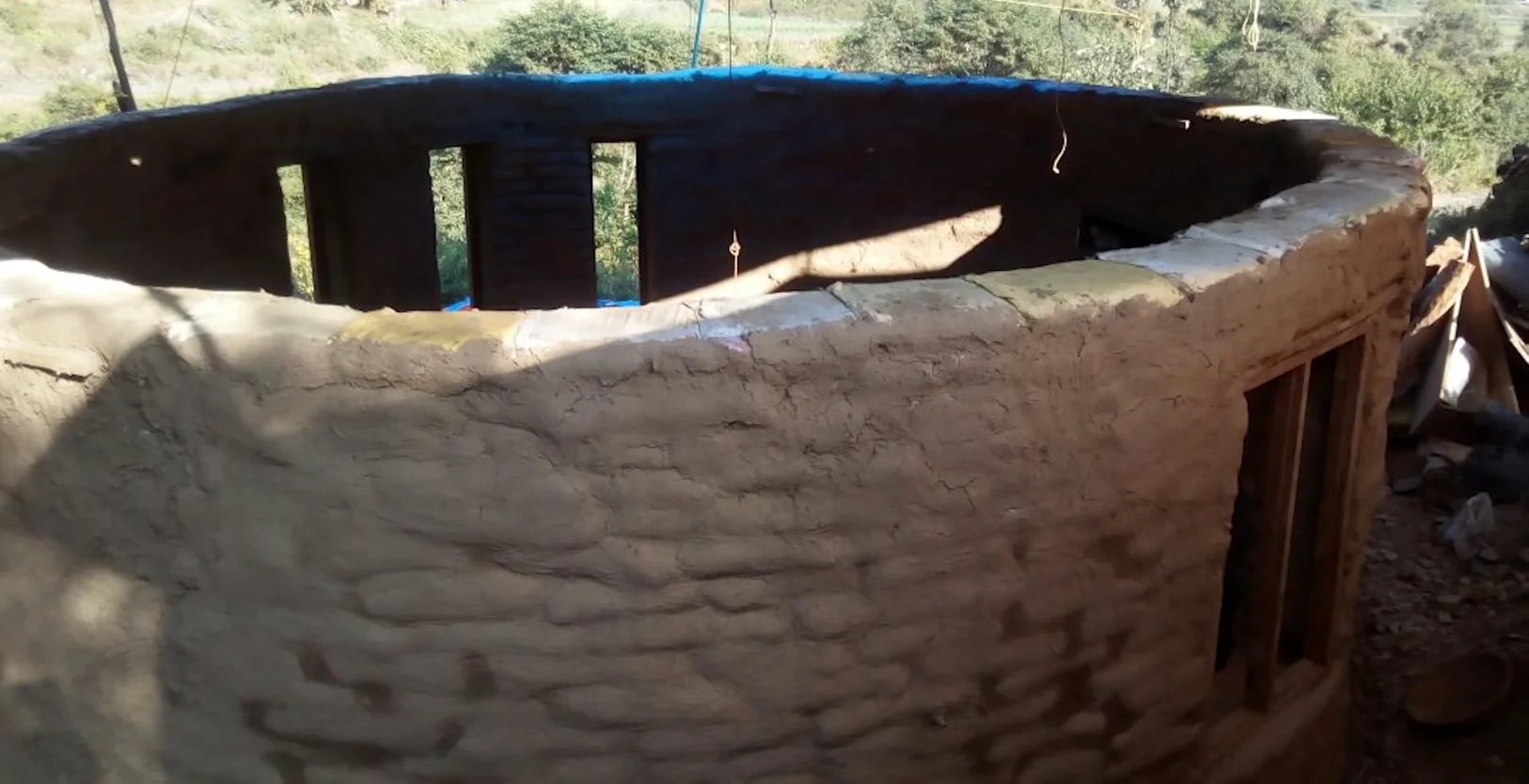
Shagun further explains her journey into sustainable living, stating, “Since I had already started researching the kind of life I wanted to lead, a sustainable life – in fact, I now like to say a regenerative life because sustainability isn’t enough. During my research, I explored cob homes, earth bag homes, bamboo, adobe, straw bale – the options seemed endless and confusing. All of them look beautiful, and different people have used different technologies. So the thought came, while I am already on this path for myself, why not create a space where anybody and everybody who starts thinking about this journey, no matter where they live, and want to live a sustainable life, can find guidance. That is how the idea of Geeli Mitti came forward.”
Also Read: Kerala couple builds an Eco-Friendly Mud House and Food Forest

Rani, a vegan food coach currently learning mud house construction at Geeli Mitti, expresses, “Initially, I lacked confidence in my ability to build a house. I perceived it as a daunting task. However, after completing this course, I’ve come to realize that building a house is surprisingly accessible. With the right knowledge, anyone can undertake this endeavor.”

Shagun provides insight into her search for the perfect location, explaining, “While looking for a place, I was shown lands near main roads with potential for tourism, but none of them appealed to me. It was challenging to convey my true preferences because brokers couldn’t comprehend why someone from the city would seek a piece of land like this.”
Through a stroke of luck, Shagun stumbled upon a village tucked away from main roads. Despite the available plots being convenient and flat, requiring minimal leveling for farming, none of them captured her interest.

Fortuitously, a friend of her broker led her to a plot farther from the village with no proper road access. This rocky, previously neglected land instantly appealed to Shagun. What sealed the deal for her was the presence of a stream flowing through the land, bordering the jungle. Feeling a unique energy about the place, she declared, “This is it,” and promptly purchased the land.
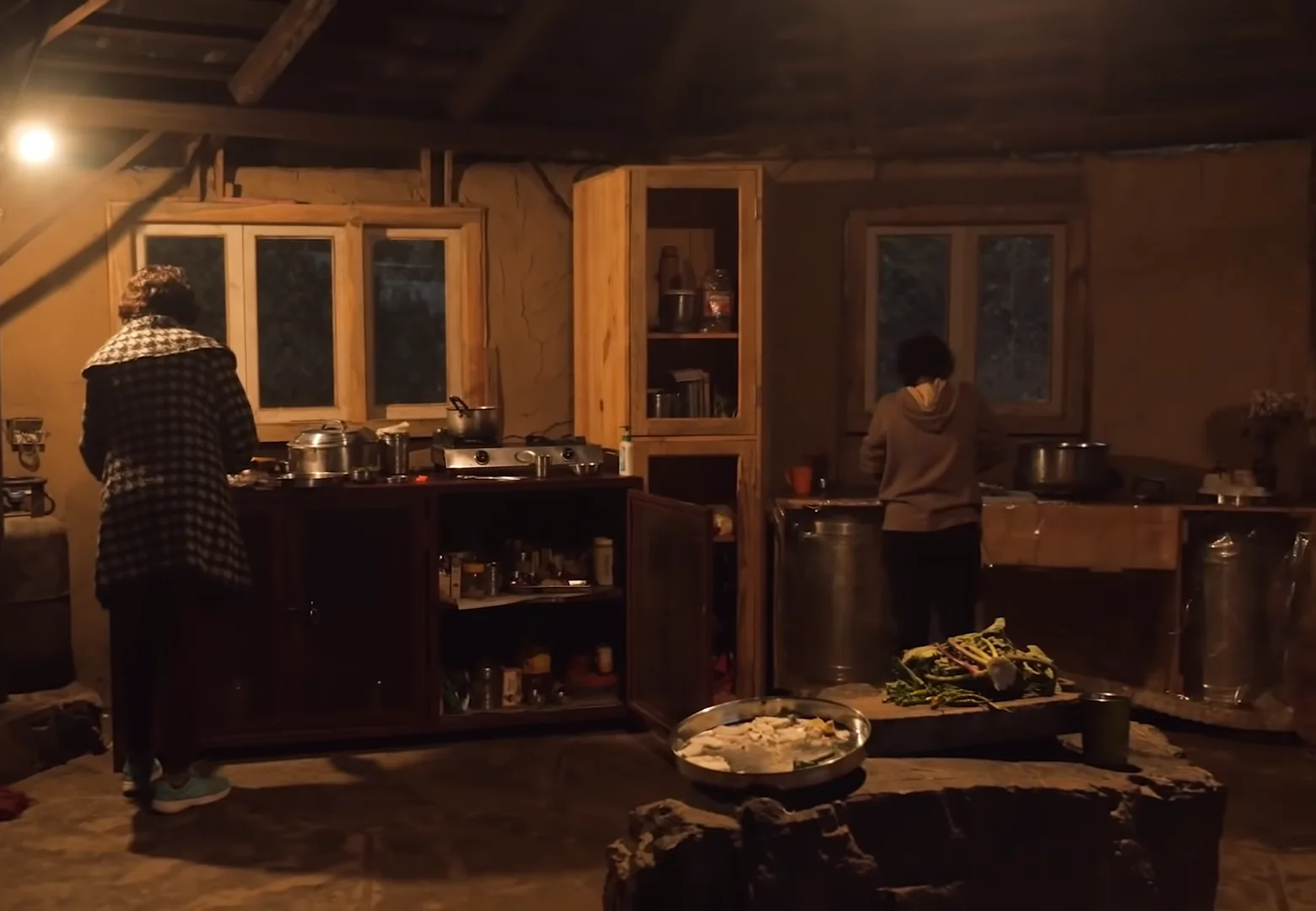
Shagun elaborates on her journey, stating, “Upon acquiring the land, my focus shifted to designing it. I personally crafted the design for the entire property. When it came to the structures, I opted for the Earthbag technique, driven by several reasons. Firstly, it’s a faster method. Secondly, I could use the soil as it is, without any amendments. Thirdly, observing the shift towards cement houses and the decline of traditional architecture, I wanted to present people with an alternative.”
To bring her vision to life, Shagun employed local villagers as daily wagers and embarked on the construction using the Earthbag technique.
Sharing the progress of her project, Shagun mentions, “Within a few days, we transformed this land into a workshop, attracting around 10 individuals from various parts of the country. The team later expanded to 15 people and beyond. By October 2016, just in one month, we accomplished the construction of an entire cottage. The walls, foundation, roof work – everything was underway, and we even managed to complete the plastering. Remarkably, all this work took place within the workshop itself.”

Stuti, an architect and a volunteer at the workshop, shares her experience, saying, “I’ve been living here for one and a half months now. Initially, my expectation was to learn about mud construction, local materials, and the techniques involved in constructing with them. However, it’s been more than that; it’s been about embracing the very essence of minimal living. It’s about adopting a basic lifestyle that one must follow.”
Shagun reflects on traditional building practices, noting, “Consider this: mankind has been constructing for almost 9000 years or more, using the simplest of materials available in their surroundings like mud, clay, straw, and lime. Cement, a material we commonly use today, is only around a century old. Whether it’s a small cave, a modest home, cottages, or grand palaces and forts, they were all built long before cement became prevalent.
However, there’s a collective skepticism today about the survival of non-cement-based houses, often referred to as natural houses. Questions arise about their longevity, durability, and even structural integrity. We’ve become largely unfamiliar with these materials in modern times. When you return to working with them, say at Geeli Mitti, and witness the structures we’ve built, your confidence in these materials is automatically restored. You touch them, feel them, and start building with them.
Living in cities, we often don’t encounter these traditional materials today. Many people are born in cement houses, and that’s what we’re here to change.”

